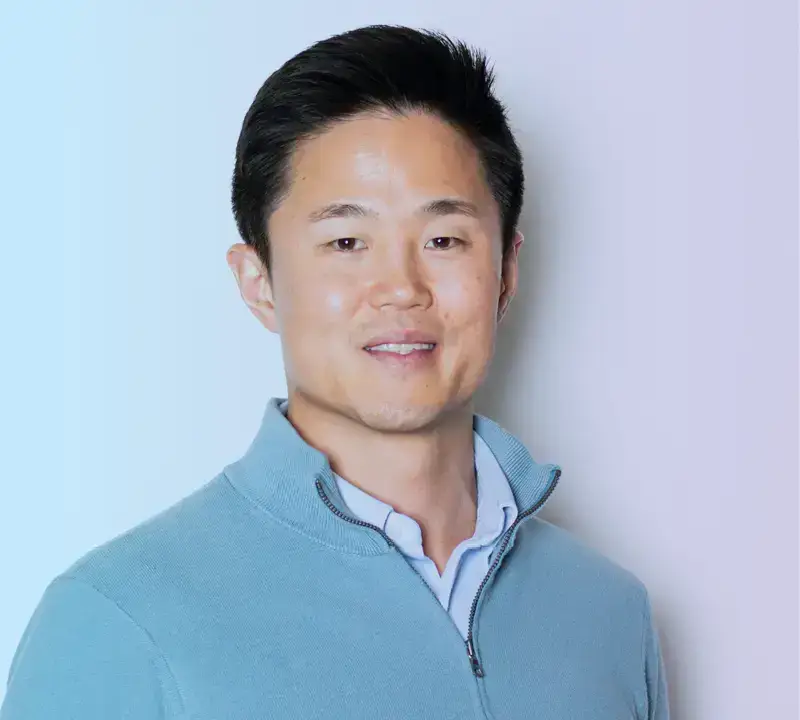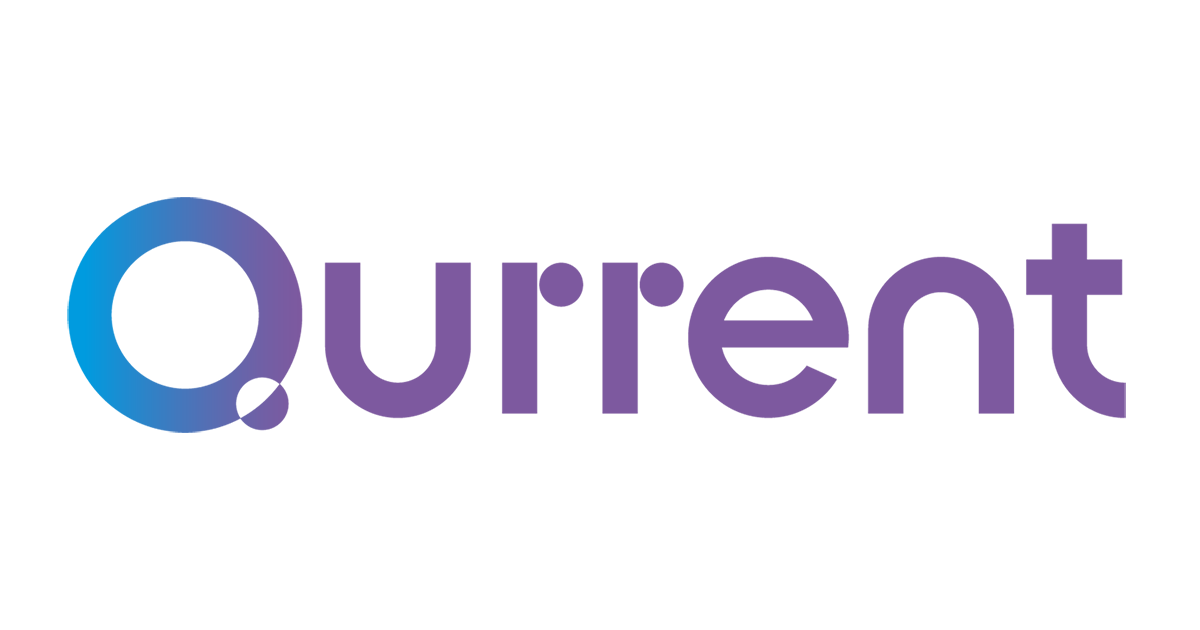Introduction: The Next Frontier of Enterprise Automation
Enterprises today face relentless pressure to enhance operational efficiency, reduce costs, and deliver superior customer value. In response, many are turning to end-to-end automation to streamline complex business processes. Recent industry analysis shows that the adoption of AI is widespread, with over 72% of organizations using it in at least one business function to gain a competitive edge [1].
As leaders explore comprehensive automation, two terms frequently emerge: ‘Hyperautomation’ and ‘AI Workforce’. While often discussed in the same context, they represent different aspects of the automation journey. Hyperautomation describes a strategic framework, while an AI Workforce represents a tangible, operational solution. This article will define both concepts, clarify their relationship, and explain how a custom-engineered AI Workforce is the most effective way to realize a hyperautomation strategy and achieve measurable business outcomes.
What is Hyperautomation? The Strategic Framework
Hyperautomation is a concept popularized by industry analysts, defined by Gartner as a “business-driven, disciplined approach to rapidly identify, vet, and automate as many business and IT processes as possible”. It is not a single technology but a strategic framework that advocates for the orchestrated use of multiple tools and platforms to achieve comprehensive automation. The ultimate goal of a hyperautomation strategy is to automate everything within an organization that can and should be automated.
To achieve this, hyperautomation combines a range of technologies. Key components typically include:
- Robotic Process Automation (RPA): For automating repetitive, rules-based tasks.
- Artificial Intelligence (AI) and Machine Learning (ML): For handling more complex scenarios that require cognitive capabilities like decision-making, pattern recognition, and prediction.
- Process Mining and Discovery Tools: To identify and analyze existing business processes for automation opportunities.
- Low-Code/No-Code Application Platforms: To enable rapid development of automation solutions.
In essence, hyperautomation provides the strategic blueprint for an organization’s automation ambitions, focusing on a broad, tool-agnostic approach to process improvement.
The Challenge: Moving from Hyperautomation Strategy to Reality
While the strategic vision of hyperautomation is powerful, its implementation is fraught with complexity. Organizations often find themselves assembling a patchwork of disparate technologies from different vendors. This “toolkit” approach, where various RPA, AI, and analytics tools are pieced together, can create significant challenges.
According to industry experts, these challenges include high initial investment, complex integration with legacy systems, and the need for specialized technical expertise [2]. This fragmentation often leads to siloed automation efforts, inconsistent governance, and high maintenance overhead. When success depends on the seamless integration of multiple, non-cohesive tools, achieving true end-to-end process orchestration becomes a significant hurdle. As a result, many organizations struggle to move beyond automating simple tasks and fail to realize the guaranteed business outcomes promised by a comprehensive automation strategy.
The Solution: The Qurrent AI Workforce
An AI Workforce, as engineered by Qurrent, is a custom-built team of AI agents operating on a unified platform to automate complex, end-to-end business processes. Unlike a fragmented toolkit, an AI Workforce is a fully managed solution designed from the ground up to deliver specific, measurable business outcomes. It is the operational answer to the strategic question posed by hyperautomation.
This solution is powered by the Qurrent Operating System, a proprietary platform that provides central orchestration, observability, and control over every AI agent in the workforce. This unified system allows the AI agents to work in concert, handling dynamic, multi-step workflows that require cognitive capabilities. These agents can interact with various enterprise systems, make decisions based on business logic, and learn from feedback to continuously improve performance. This moves automation beyond simple, repetitive tasks to address core business functions that drive real value.
Comparing Hyperautomation and the AI Workforce
To better understand the relationship between the two concepts, it is helpful to compare them across several key dimensions.
Approach
Hyperautomation is a technology-centric framework focused on assembling a portfolio of automation tools. Its success is measured by the breadth of technology deployed. In contrast, a Qurrent AI Workforce represents a business-centric solution focused on delivering guaranteed outcomes. Its success is measured by tangible business results, such as cost reduction, increased efficiency, or improved customer satisfaction.
Components
Hyperautomation combines disparate technologies like RPA, ML, and analytics platforms, often from multiple vendors. An AI Workforce is a cohesive system of specialized AI agents working in concert on a single, unified operating system. This ensures seamless collaboration and avoids the integration challenges inherent in a multi-tool environment.
Implementation
Implementing a hyperautomation strategy is typically a complex, resource-intensive internal project that involves significant integration work. Deploying an AI Workforce follows a structured and collaborative methodology of identifying opportunities, envisioning the solution, simulating its performance, and deploying it in partnership with Qurrent, ensuring a clear path to value.
Governance
In a hyperautomation environment, governance can be fragmented across different tools and platforms, making it difficult to maintain control and transparency. An AI Workforce provides centralized observability and control through its operating system, allowing business leaders to see exactly how decisions are made and manage the entire autonomous system from a single point.
An AI Workforce: Hyperautomation in Practice
A Qurrent AI Workforce is the operational realization of a hyperautomation strategy. It delivers on the promise of end-to-end automation by providing a cohesive, managed, and reliable system that is engineered to solve specific business problems without the typical implementation complexity.
Real-world examples demonstrate this powerful synergy:
- Customer Support Automation: For the luxury real estate company Pacaso, Qurrent deployed an AI Workforce to provide 24/7, high-touch customer support. The AI agents autonomously manage owner inquiries, troubleshoot issues by connecting to multiple backend systems, and intelligently escalate complex cases to human agents. This is a clear demonstration of end-to-end business process automation, moving far beyond a simple chatbot to a fully integrated support function.
- Procurement Automation: In a complex area like procurement, an AI Workforce can manage the entire source-to-pay lifecycle. Agentic AI can handle everything from identifying and vetting suppliers to negotiating contracts, processing invoices, and ensuring compliance. This transforms procurement from a manual, tactical function into a strategic, automated operation that drives significant cost savings and efficiency.
These examples illustrate the shift from a collection of disparate automation tools to a reliable, autonomous system that collaborates with human teams and delivers tangible business value.
Conclusion: Move from Automation Strategy to Business Value
For enterprise leaders navigating the future of work, understanding the distinction between strategy and execution is critical. Hyperautomation provides the strategic ‘what’—the ambitious goal of achieving comprehensive, end-to-end enterprise automation. It sets the vision for a more efficient and agile organization.
A Qurrent AI Workforce provides the operational ‘how’—a managed, reliable, and transparent solution to achieve that goal. It translates the broad strategy of hyperautomation into a practical, outcome-driven reality. For organizations looking to move beyond a fragmented toolkit and implement true end-to-end automation, an AI Workforce offers a direct path to unlocking measurable and sustainable business results.




